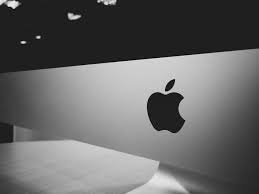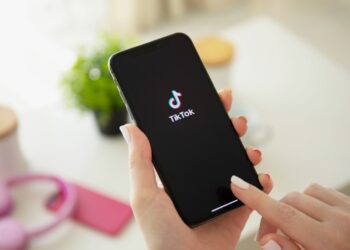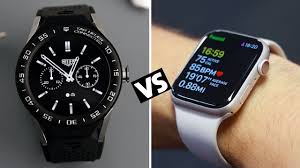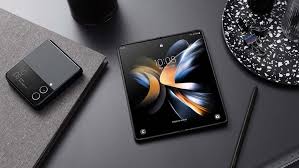 Foldable smartphones represent the most radical design shift in mobile technology since the iPhone’s debut. With premium models like the Samsung Galaxy Z Fold 5 and Google Pixel Fold costing upwards of $1,800, consumers rightly wonder: Do these cutting-edge devices deliver enough value to justify their premium price tags? This comprehensive 2,500-word analysis examines every aspect of foldable screens – from durability and practicality to performance and future potential – to determine whether they’re truly worth your investment.
Foldable smartphones represent the most radical design shift in mobile technology since the iPhone’s debut. With premium models like the Samsung Galaxy Z Fold 5 and Google Pixel Fold costing upwards of $1,800, consumers rightly wonder: Do these cutting-edge devices deliver enough value to justify their premium price tags? This comprehensive 2,500-word analysis examines every aspect of foldable screens – from durability and practicality to performance and future potential – to determine whether they’re truly worth your investment.
A. The Evolution of Foldable Screen Technology
-
Early Attempts (2011-2018)
-
Samsung’s failed curved display experiments
-
Royole FlexPai: The first commercial foldable (with major flaws)
-
-
Modern Generations (2019-Present)
-
Samsung Galaxy Fold (2019) to Z Fold 5 (2023) improvements
-
Competing formats: Flip vs. Fold styles
-
Material breakthroughs: Ultra-thin glass (UTG) and advanced hinge mechanisms
-
-
Market Growth Projections
-
50 million units expected to ship by 2026 (Counterpoint Research)
-
Price reduction trends in Chinese market ($800 foldables now available)
-
B. 5 Key Advantages of Foldable Phones
1. Enhanced Multitasking Capabilities
-
App Continuity: Seamless transition between screen sizes
-
Multi-Active Window: True split-screen functionality (3+ apps simultaneously)
-
Desktop-Like Productivity: Samsung DeX integration
2. Superior Media Consumption
-
Tablet-sized displays in pocketable form factors
-
Aspect ratio advantages for movies and comics
-
HDR performance comparisons with traditional flagships
3. Innovative Form Factors
-
Compact flip phones (Motorola Razr 2023)
-
Gaming advantages (controller-style folding)
-
Future potential for rollable displays
4. Premium Build Quality
-
Aerospace-grade aluminum frames
-
IPX8 water resistance in latest models
-
Ceramic shield protection improvements
5. Status Symbol Appeal
-
Psychological impact of cutting-edge tech
-
Business professional perception benefits
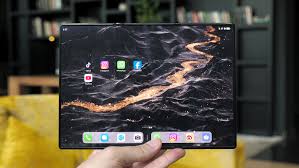
C. The 7 Major Drawbacks You Can’t Ignore
1. Durability Concerns
-
Crease visibility after 6-12 months
-
Dust vulnerability in hinge mechanisms
-
Real-world drop test results
2. Battery Life Compromises
-
Smaller batteries due to space constraints
-
Powering larger displays drains capacity faster
-
Charging speed limitations
3. Camera System Sacrifices
-
Thinner bodies limit sensor sizes
-
Fewer lens options than traditional flagships
-
Low-light performance comparisons
4. Software Optimization Gaps
-
App compatibility issues (especially Android tablets apps)
-
UI scaling problems
-
Developer adoption rates
5. Extreme Pricing
-
Cost comparison with premium tablets + phones
-
Insurance and repair expenses
-
Depreciation rates (40% in first year)
6. Weight and Thickness
-
Pocketability issues
-
One-handed use challenges
7. Future-Proofing Uncertainty
-
Rapid iteration cycles
-
Potential format changes (rollables, stretchables)
D. Who Should Actually Buy a Foldable Phone?
-
Power Users
-
Business professionals needing desktop replacement
-
Stock traders and analysts requiring multiple data streams
-
-
Media Enthusiasts
-
Comic book and manga readers
-
Mobile gamers seeking larger displays
-
-
Tech Early Adopters
-
Those wanting the latest innovations
-
Developers creating foldable-optimized apps
-
-
People Who Should Avoid
-
Budget-conscious consumers
-
Photography-focused users
-
Outdoor/adventure users needing rugged devices
-
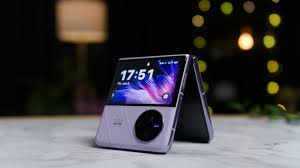
E. The Future of Foldable Technology
-
2024-2025 Projections
-
Under-display camera integration
-
Self-healing screen materials
-
Thinner hinge designs
-
-
Price Reduction Roadmap
-
$1,000 price barrier expected to break by 2025
-
Mid-range foldable options expanding
-
-
Ecosystem Development
-
Google’s foldable-optimized Android features
-
Increased developer support
-
F. Practical Buying Advice
-
Best Current Options
-
Productivity: Samsung Galaxy Z Fold 5
-
Style: Motorola Razr 40 Ultra
-
Value: Oppo Find N2 Flip
-
-
Essential Accessories
-
Hinge protection cases
-
Screen protector alternatives
-
Stylus compatibility
-
-
Insurance Considerations
-
Manufacturer vs third-party coverage
-
Repair cost breakdowns
-
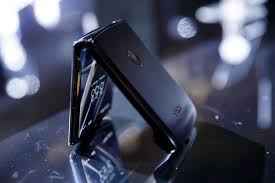
Conclusion
Foldable phones deliver an exciting glimpse into mobile technology’s future, but currently serve niche markets rather than mainstream users. While they offer unparalleled multitasking and media experiences, significant compromises in durability, pricing, and camera performance remain. For most consumers, traditional smartphones still provide better value – but as the technology matures and prices drop, foldables may soon become the new standard.





